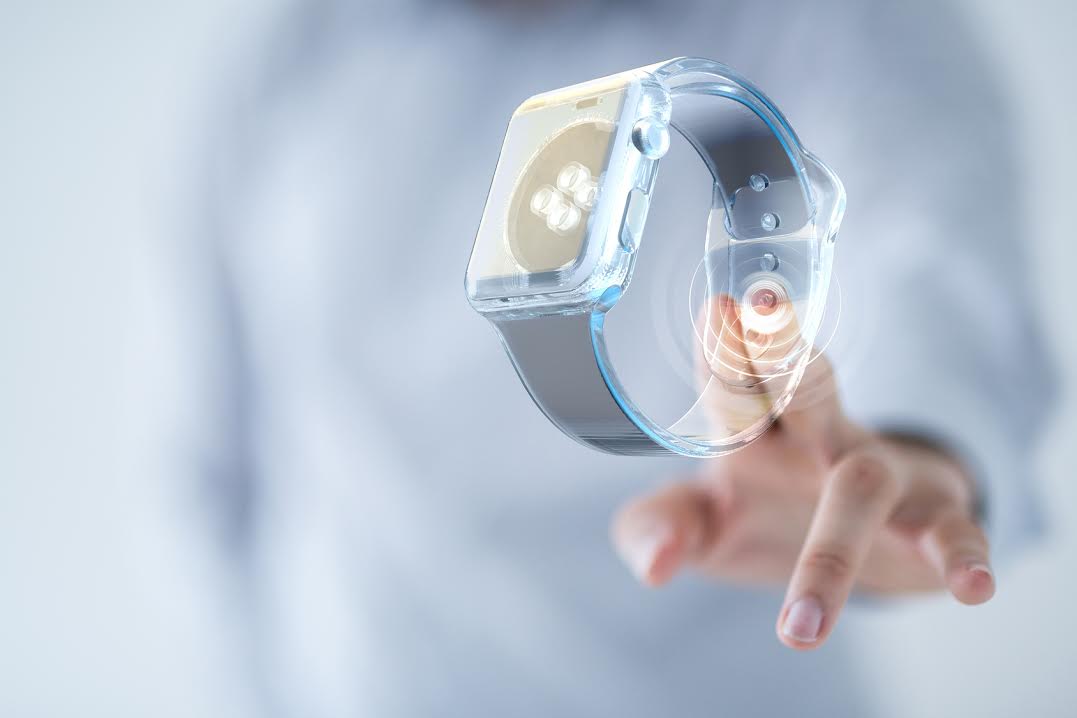The technology industry is characterized by the fact that is constantly changing. That is why it is so important for developers and programmers to keep up with new trends. Currently, the hottest are IoT & wearable. Learn more about it.
Table of Contents:
1. Wearable and IoT - breakthrough technology.
3. The most popular wearable devices.
Wearable and IoT - breakthrough technology
Have you heard something about IoT and wearable technology? Probably less or more, but definitely if you are interested in technology news, it is ‘must have’ to keep up to date. Wearable technology is absolutely one of the loudest breakthrough trends in the technology industry since 2013. As a report said “by 2019, shipments are expected to reach 155.7 million.”* Smart devices are becoming smaller, cheaper and much more advanced, and we collect and analyze more and more about our daily lifestyle.
How does it work?
Wearable technology very quickly becomes a natural and esthetic value in our daily wardrobe, also gradually becomes a part of our lives as it did smartphones and tablets few years ago. As the name suggests - these are technologies that are part of our clothing, describes an accessory that contain intelligent electronically, through which users can access a variety of information. Today wearable devices include watches, ties, shoes, and even T-shirts - all of this is thanks to miniature technology, transferred the elements of our wardrobe. Each activity - from sleep by playing a sport, the diet will be measured through various types of sensors, smart watch wrist, and armbands.
The newest gadgets tagged with wearable can be treated very simply as a supplement or develop the functions performed by smartphones, and the next evolution of mobile in the world.
What gives the tremendous value of wearable devices is the fact that they operate in real time. What is more, thanks to the designed interactions (eg. on-screen alerts, color changes due to the occurrence of a given factor, the possibility of voice control) have the possibility of two-way communication between the human-computer. The great advantage of wearables is that they are part of the user's environment.
Wearable apps can give a developer a huge challenge, providing access to a limited collection of methodology and special tools.
The most popular wearable devices
-
Smartwatches - communicates with your smartphone, monitors vital signs and health while also being jewelry, eg.: Apple Watch, Pebble. Also, brands such as Sony, Samsung, LG and Android offer these kinds of watches.
-
Google Glass - modern glasses, controlled only by voice, allows to make phone calls and video conferencing, take pictures, record videos and use navigation. communication through bone conduction, - price approx. $1,500 - a device qualifies for augmented reality (AR Augmented Reality)
-
Wristbands Activity Trackers - This is another subcategory of "wearables" and should not be confused with bands fitness trackers. For example, Nike + or FuelBand, measure our activity during exercise. They are often equipped with accurate displays. What's more they focus on physical activity, bypassing the health issues.
Summary
Smart accessories boom is still ahead of us, but wearable solutions beginning to increasingly affect the development of new technologies.
*source: raconteur.net






